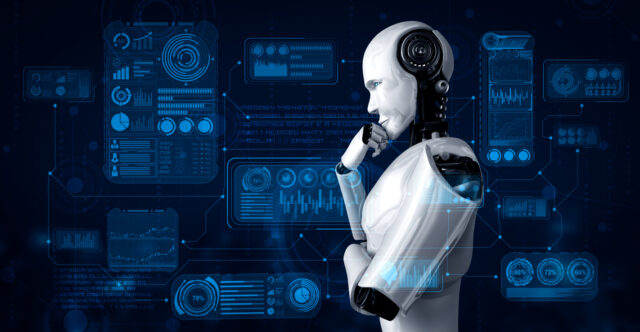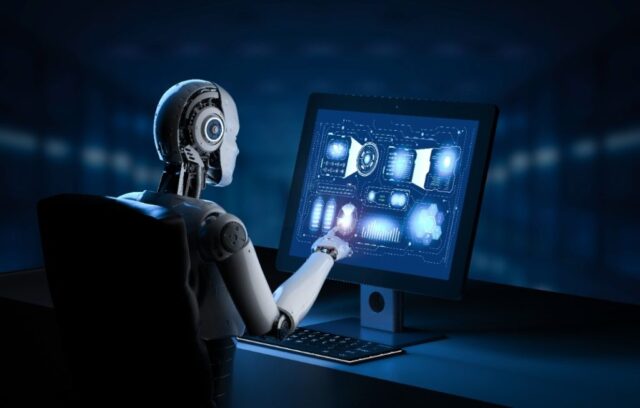
In today’s rapidly advancing technological landscape, businesses often use terms like “automated digital worker” and “automated bot” interchangeably. These two concepts, while similar in their automation roots, differ significantly in their functionalities, complexities, and applications in a business environment.
Understanding this distinction is crucial for companies, especially when considering investments in automation technologies like sales automation.
Automated Digital Worker

An automated digital worker refers to a more advanced, AI-driven software entity designed to perform a range of tasks that typically require human intelligence and decision-making capabilities.
These digital workers are characterized by their ability to learn from their experiences, adapt to new situations, and handle complex tasks that go beyond predefined rules.
They are often integrated with technologies like machine learning, natural language processing, and cognitive computing, which enable them to understand, interpret, and respond to data in a way that mimics human thought processes.
For instance, in sales automation, an automated digital worker can not only manage routine tasks like data entry but also provide insights into customer behavior, personalize communication, and even predict sales trends based on data analysis.
This level of sophistication allows digital workers to be proactive rather than reactive, offering solutions and making decisions that are typically expected from a human employee.
Traditional Automated Bot

On the other hand, a traditional automated bot is a software programmed to perform specific, repetitive tasks based on a set of predefined rules. These bots are typically used to automate routine, time-consuming tasks that don’t require the bot to “understand” the task but merely to execute it based on a given input.
Unlike automated digital workers, traditional bots lack the ability to learn or adapt beyond their initial programming.
An example of a traditional automated bot in action can be seen in basic sales automation functions, such as sending automated email responses to customer inquiries or updating customer records in a database. These tasks are straightforward, rule-based, and don’t require any form of advanced cognition or decision-making.
Key Differences

- The most significant difference lies in the complexity and learning ability. Automated digital workers are equipped with AI, enabling them to learn, adapt, and make decisions. In contrast, traditional bots follow a fixed set of rules and cannot learn or adapt.
- Automated digital workers can handle a variety of complex tasks, often mimicking human cognitive functions. Traditional bots are limited to simpler, repetitive tasks that don’t require cognitive abilities.
- Digital workers can interact with humans in a more sophisticated manner, often personalizing responses and actions. Traditional bots lack this level of interactivity and personalization.
- Implementing and maintaining an automated digital worker requires a more substantial investment in terms of time and resources compared to a traditional bot, given the complexity and sophistication of the technology involved.
Summary
The distinction between an automated digital worker and a traditional automated bot is significant, primarily revolving around their capabilities, complexities, and the nature of tasks they can handle. While traditional bots excel in performing simple, rule-based tasks, automated digital workers bring a level of intelligence and adaptability that allows them to undertake complex, decision-based tasks.













